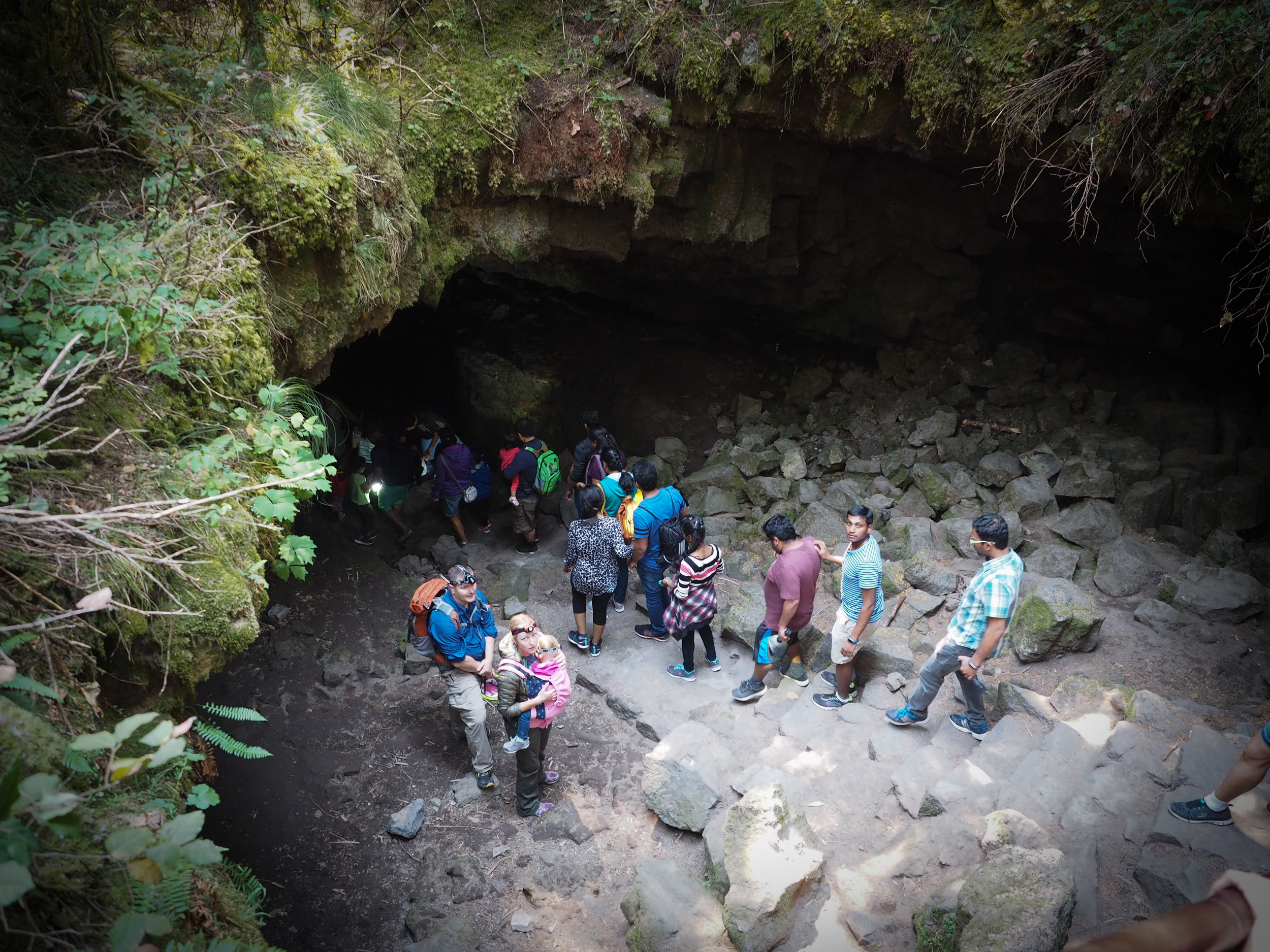Mt. St. Helens & Ape Caves

One of my favorite places that I have visited here in the pacific northwest has been Mt. St. Helens. There are a series of visitors centers that chronicle the eruption. You can see video and images of the eruption, see the devestation it caused across the landscape, and learn about some of the people who lost their lives. You can see how the area has changed over the course of the fourty years since its eruption on May 18, 1980. Visiting Mt. St. Helens really reminds you of how majestic and powerful mother nature is. How she can create such beautiful things and then destroy them in a moment.
Another of mother natures’ creations is the Ape Cave which is located on the southside of Mt. St. Helens. The cave consist of two parts, the upper and the lower. The lower is the part I walked and it only takes about an hour to walk the .75 miles down and back. The upper section is 1.5 miles long and is more difficult because you have to climb over large piles of rocks along the way. It takes about 2.5 hours to hike this part of the cave up towards the surface and you return on an above ground trail. I grew up visiting limestone caves in the midwest like Marengo Caves and Mammoth Cave National Park. Those parks are very well maintained with lighting throughout, safe walkways, and proper stairs. The Ape Cave is not like this…it is a lava tube and it is completely in its natural state. You have to have your own light source to enter the caves since they are not lit. The floor is very uneven and wet so you have to be careful (something quite difficult for my accident proned self). It is worth visiting if you’re already in the vicinity, but I wouldn’t go out of my way. As far a ‘caves’ go, there are cooler ones (as in more interesting, not temperature because obviously all caves are cool in temperature— duh!).




















